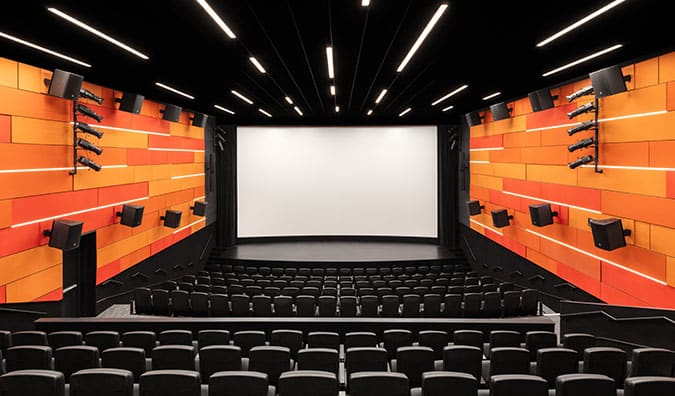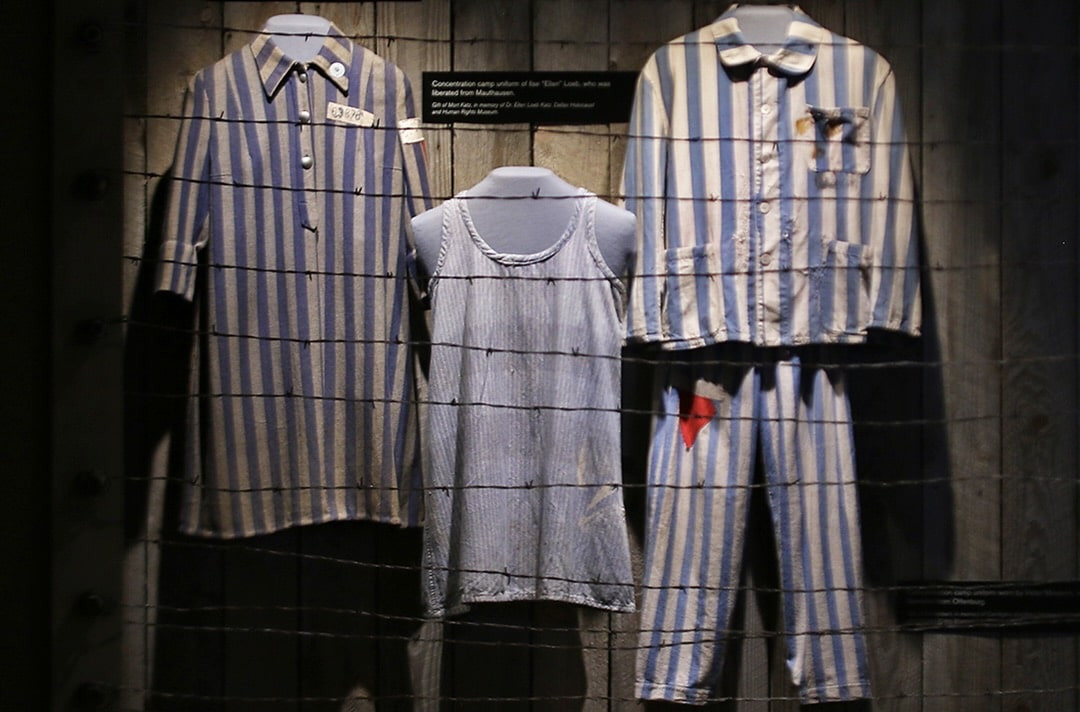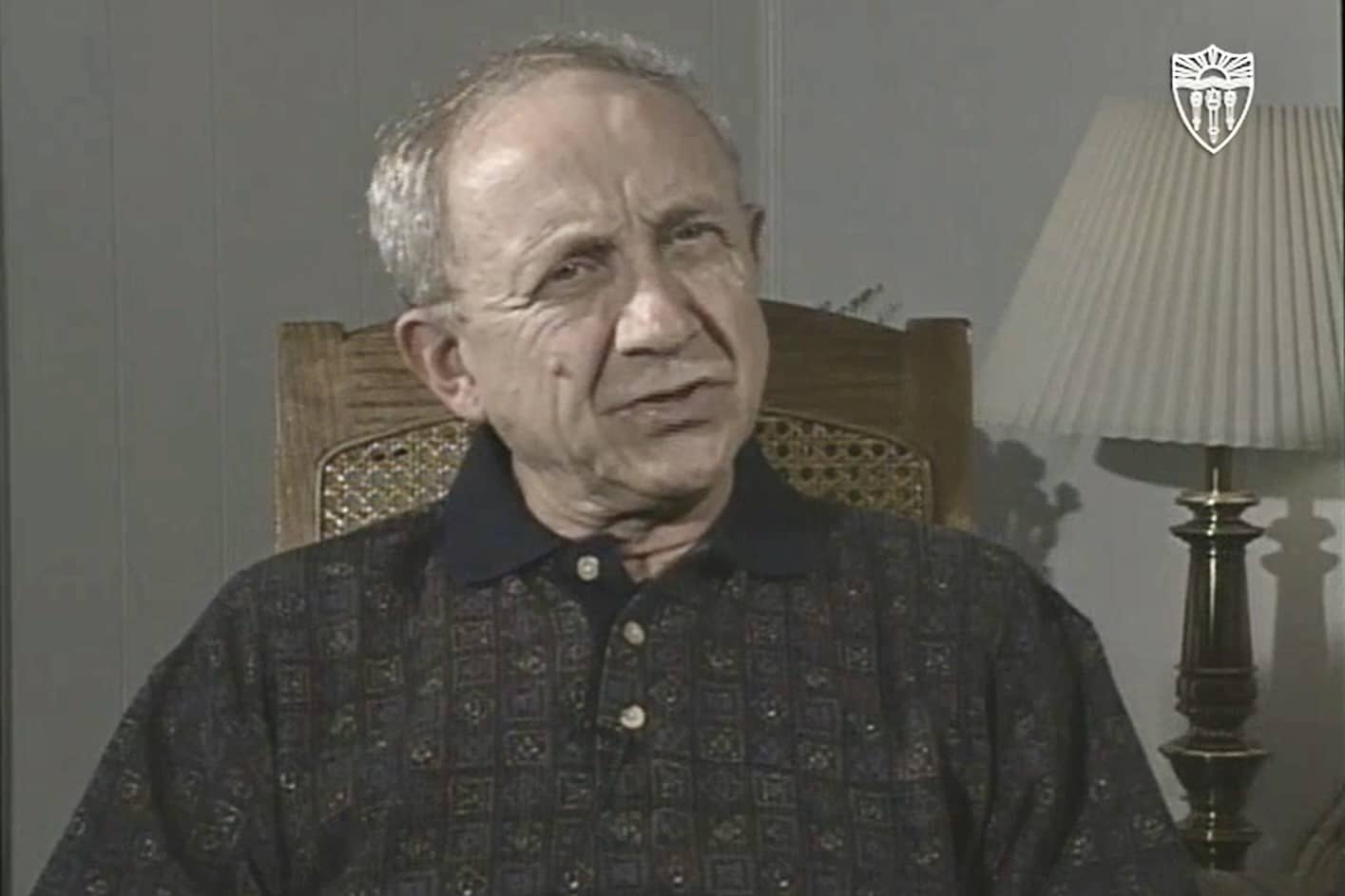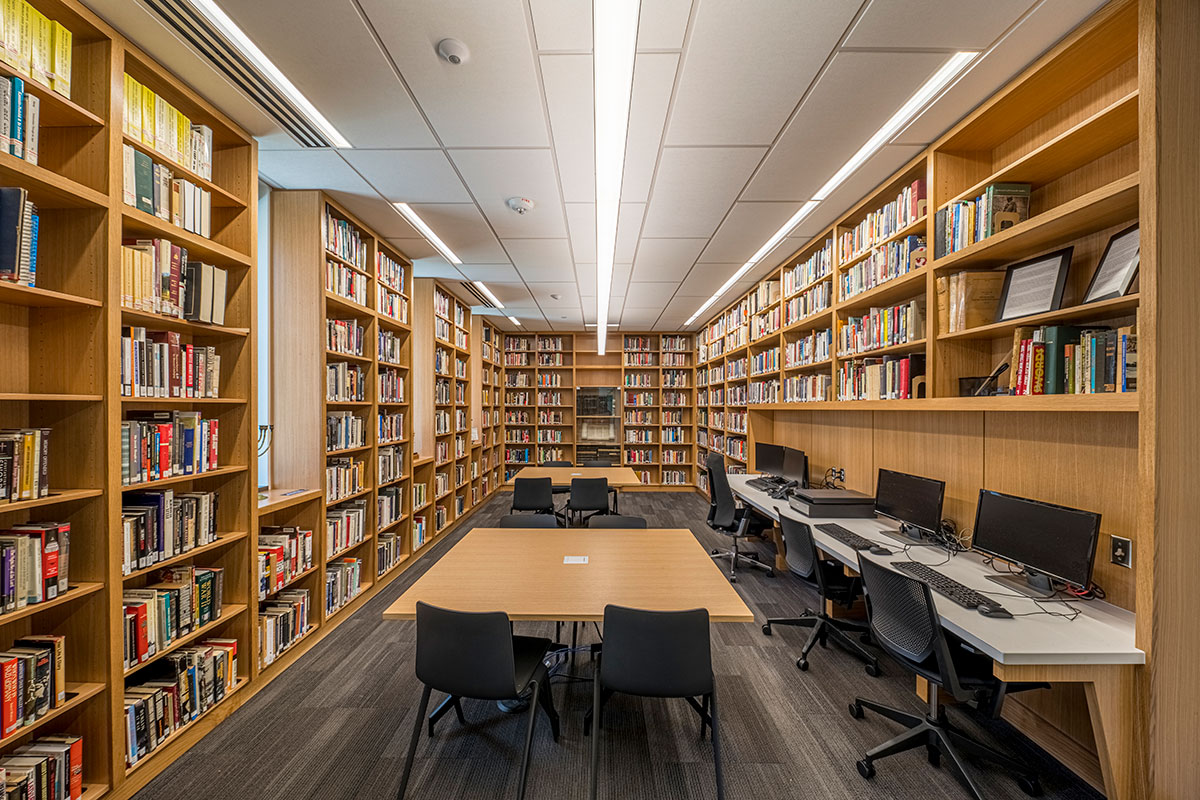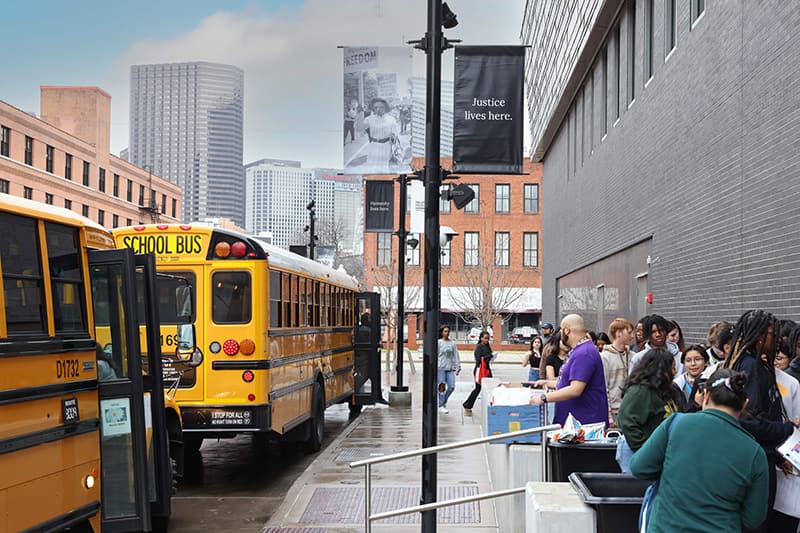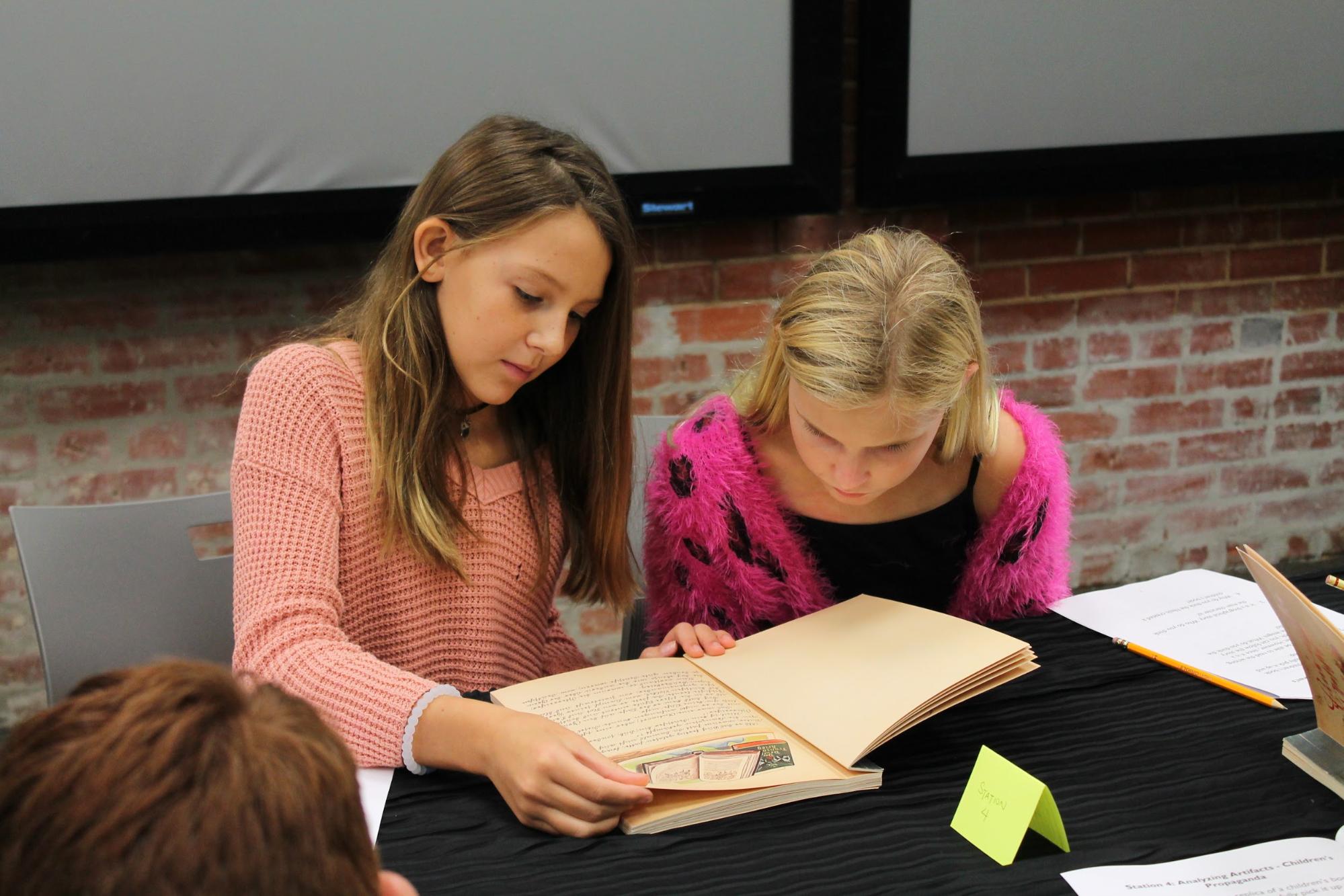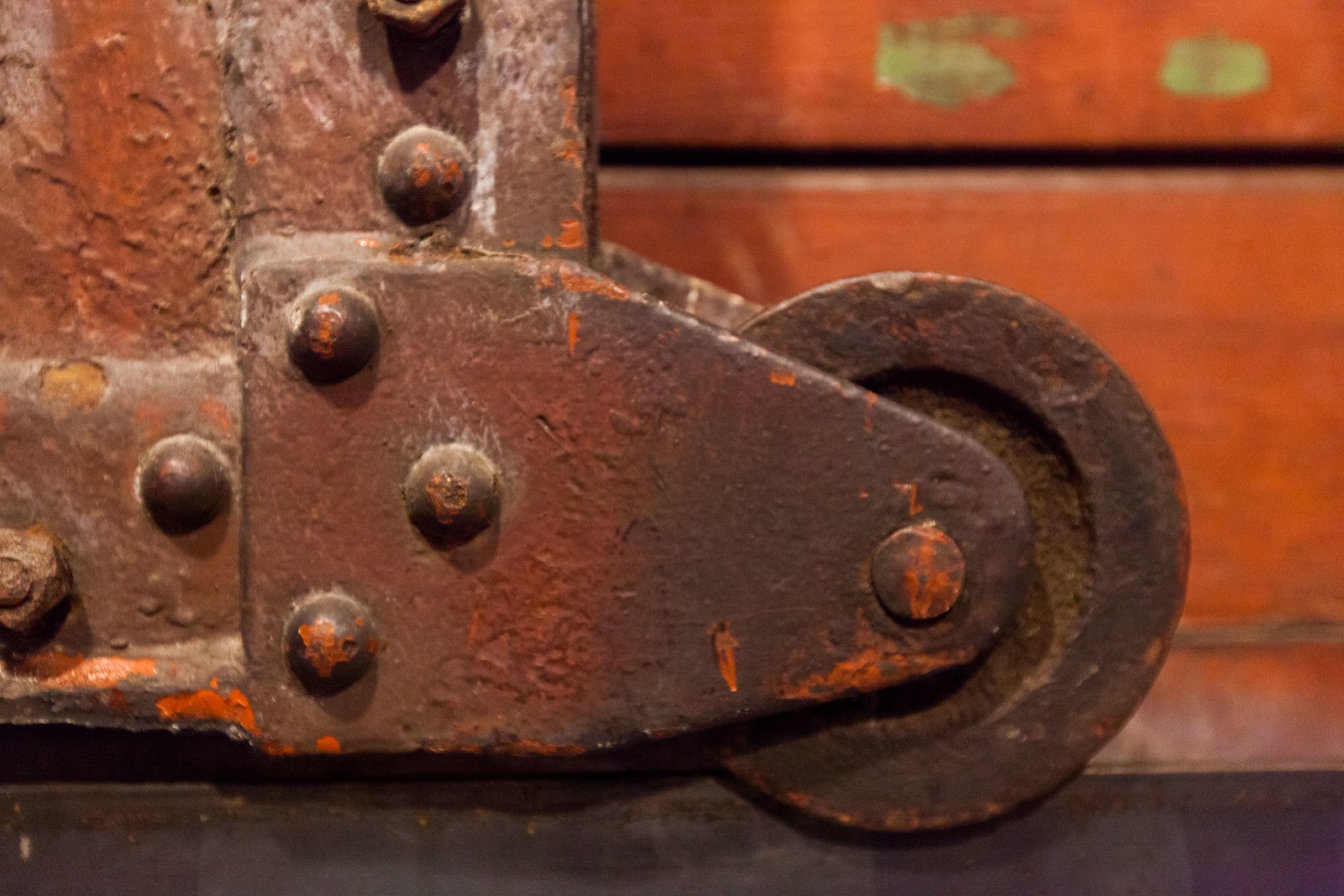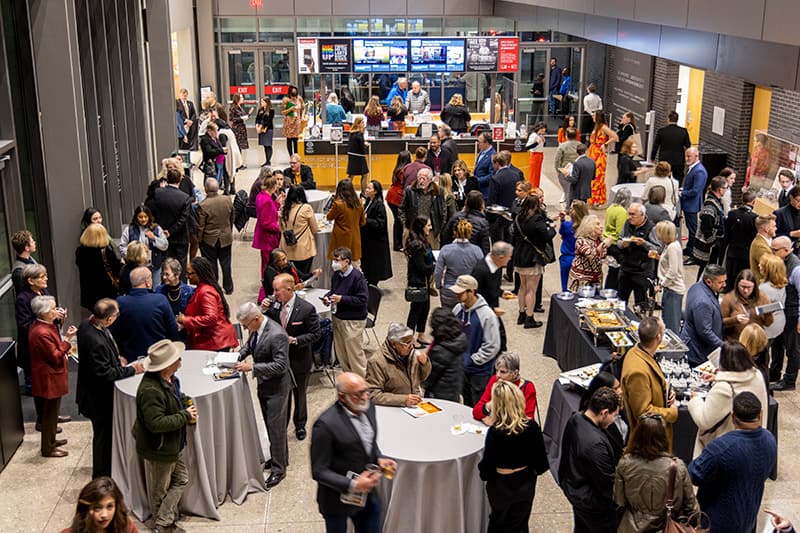Friday, April 19 was a bittersweet day for the Dallas Holocaust Museum/Center for Education and Tolerance. On this day, the Museum celebrated the final anniversary of its permanent exhibition “One Day in the Holocaust: April 19, 1943” by providing free admission and the opportunity to hear testimony from a local Holocaust Survivor.
The Museum will close permanently on July 31, and the new Dallas Holocaust and Human Rights Museum will open to the public on September 18.
“One Day in the Holocaust: April 19, 1943” gives visitors a view of the Holocaust by focusing on one day and three events that transpired 76 years ago.
Since this small yet powerful exhibition opened in the West End fifteen years ago it has been viewed by more than 1 million visitors and has changed the lives of tens of thousands of Texas students by showing them the difference between Upstander and bystander behavior.
On that day three important and very different events happened:
-The 20th Deportation Train from Belgium carrying some 1630 Jews to a concentration camp and was stopped by three young men. 233 managed to escape.
-Residents of the Warsaw Ghetto began an uprising that held off the Nazis for almost thirty days.
-The Bermuda Conference met with diplomats tasked to resolve nothing regarding Jews desperate to escape Nazi occupied Europe.
The first two events illustrate Upstander behavior – wartime resistance and heroism against all odds; the last event illustrates bystander behavior–government and diplomatic unwillingness to take the strong steps necessary to find ways to move Jewish people to safe places outside Europe.
The exhibition shows that the decision to stand up against the forces of brutality, hatred, and evil—can be made under the worst conditions. It also demonstrates that the decision to stand by and do nothing can perpetuate human suffering and cost lives.
We need only consider the headlines from today’s news to recognize the enduring legacy of April 19, 1943, and more importantly, the consequences of bystander behavior.
Anti-Semitism is on a sharp rise at home and abroad. Anti-semitic rhetoric has reared its ugly head in public discourse. The Anti-Defamation League 2017 annual report documented a 60 percent increase in the number of anti-Semitic incidents, which it called “the largest single-year increase on record and the second highest number reported since ADL started tracking incident data in the 1970s.”
Hate crimes and hate speech are damaging and dividing our communities.
The mission of the Dallas Holocaust Museum has never been more critical, nor more relevant. And this, along with our goal of creating a city of Upstanders, is why we will be opening the new Dallas Holocaust and Human Rights Museum on September 18 in the West End.
Frank Risch is chair of the Board of the Dallas Holocaust and Human Rights Museum.


